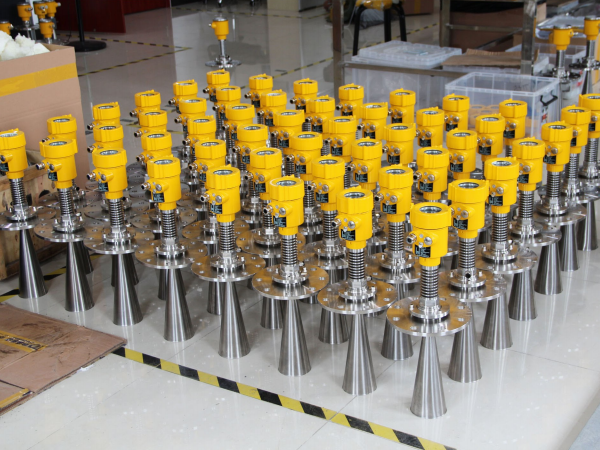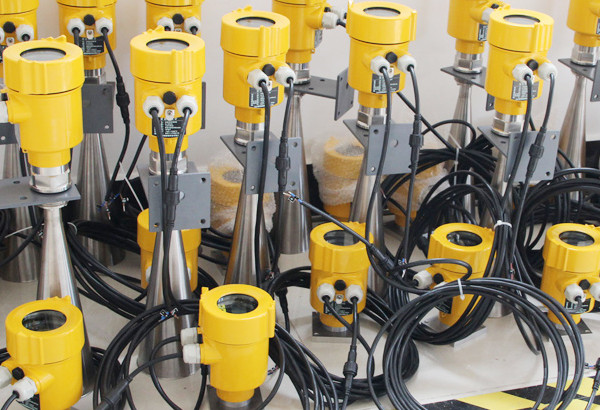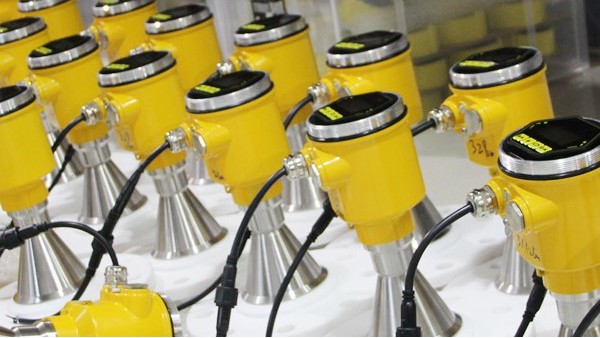With the advancement of industrial automation, the monitoring and control of various equipment have become increasingly important. In many industrial processes, accurate measurement and control of liquid levels are key factors for ensuring production efficiency and safety. Particularly in wet deslagging systems, liquid level control not only affects the stable operation of the system but is also related to equipment safety and environmental protection. This article discusses the significant role, working principle, and application examples of radar level meters in wet deslagging systems.

A wet deslagging system uses water or other liquid media to clean and separate solid particles from industrial waste gases. In these systems, liquid level control is essential to ensure the washing effect and the stable operation of the system. If the liquid level is too low, incomplete washing may occur, leading to inefficiency; if the liquid level is too high, overflow could occur, causing equipment damage or environmental pollution. Therefore, choosing a high-precision, reliable liquid level measurement instrument is particularly important. Radar level meters, as non-contact liquid level measuring instruments, use the transmission and reception of electromagnetic waves to determine the height of the liquid level. Compared to traditional level measurement methods, such as float-type, capacitive, and pressure-type level meters, radar level meters have the following notable advantages: Radar level meters use advanced microwave signal processing technology, enabling millimeter-level precision in liquid level measurement. Because they do not require direct contact with the medium, radar level meters avoid issues such as corrosion, wear, and scaling, making them particularly suitable for complex and harsh industrial environments. They maintain reliable performance in conditions with high temperatures, high pressure, steam, and foam. Radar level meters are simple in structure, easy to install, and do not require complicated debugging or maintenance.

In a large chemical plant’s wet deslagging system, advanced radar level meters were used to monitor liquid level changes. The plant’s original ultrasonic level meters frequently malfunctioned due to long-term exposure to corrosive chemical media and high-temperature steam, resulting in unstable liquid level control and affecting production efficiency and equipment safety. To address this issue, the plant introduced radar level meters. The new radar level meters were installed on the scrubbing tower of the wet deslagging system, emitting electromagnetic waves through antennas to the liquid surface and receiving the reflected waves. Based on the propagation time of the electromagnetic waves, the liquid level height was calculated in real-time. After several months of operation, the radar level meters demonstrated exceptional stability and accuracy, accurately measuring liquid levels even in high-temperature, high-pressure, and high-humidity environments. Operators could observe real-time liquid level changes on display screens in the control room and adjust the operation parameters of the deslagging machine accordingly to ensure the system always operated under optimal conditions. Additionally, the self-diagnostic function of the radar level meters could detect potential faults promptly, reducing maintenance costs and downtime.

Practical applications have shown that the use of radar level meters in wet deslagging systems greatly improves the accuracy and reliability of liquid level control. By monitoring and precisely controlling the liquid level in real-time, the system’s processing efficiency is enhanced, equipment failure rates and maintenance costs are reduced, and accurate liquid level data supports the optimization of production processes, further promoting economic and environmental benefits for enterprises.
